Editor’s Staff
December 25 and the Calendar
Unless you have maintained residence under a rock since October 1582, you know that the Gregorian calendar is the global standard for the measurement of dates. There are several other calendars in use, for instance on the Buddhist calendar the year is 2566, but in places where it is used, it is for religious reasons. The basis for the calculations in the Gregorian calendar is the birthday of one of mankind’s most influential men. Jesus Christ. Before going on, let’s consider what would have happened if Pope Gregory XIII had devoted his attention to something other than the calendar. Two other very influential men in the history of the world were Confucius and Mohammad. Is it possible that we would be living using the “Confucian” calendar? Or, the “Mohammadian” calendar? (I don’t know if these are real words!) Nevertheless, Gregory was interested in the calendar, and it was he who convened a committee in 1582 to study the problem. (Something else I don’t know is whether they called committees, focus groups by that time.) And, since he called the committee together, it was he for whom the new calendar was named. Why it happened! One reason is that most of Europe in 1582 was using the Julian Calendar that was introduced in 46 B.C. and had been widely used for 1,628 years. Because the Julian system had miscalculated the length of the solar year by eleven minutes, the calendar had in the intervening years fallen seriously out-of-sync with the seasons. Then, because Sextus Julius Africanus, a Roman Christian historian, who dated Jesus’ conception to March 25 (the same date upon which he based his theory that the world was created), that meant that after the usual nine months of gestation, Jesus would have a December 25th birth. So, since the Christians wrote the history books … the questions are: Why not Confucius? (Confucius was older than Jesus, but his agent couldn’t speak Aramaic.) Why not Mohammad? (Mohammad was younger than Jesus, but so few people could read the Qur’ān.) For many reasons, the world’s most sacred day has never been a “big-news day.” Let’s see if postcards can change things. What else happened on December 25th? December 25, 336 – The first celebration of the birth of Jesus. The church of Rome began formal celebrations of Christmas in 336, during the reign of the emperor Constantine. As Constantine had made Christianity the effective religion of the empire, some have speculated that choosing this date had the political motive of weakening other well established pagan celebrations.The Baptism of the Emperor Constantine
December 25, 800 – Pope Leo crowned Charlemagne as the first Holy Roman Emperor.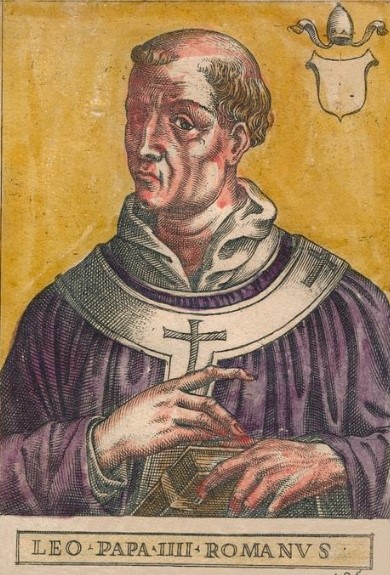
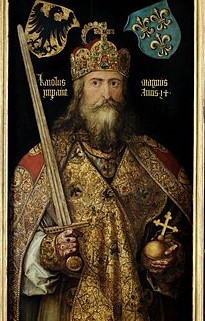 December 25, 1066 – William the Conqueror is crowned the King of England at Westminster Abbey, which completed the Norman Conquest of England.
December 25, 1066 – William the Conqueror is crowned the King of England at Westminster Abbey, which completed the Norman Conquest of England.
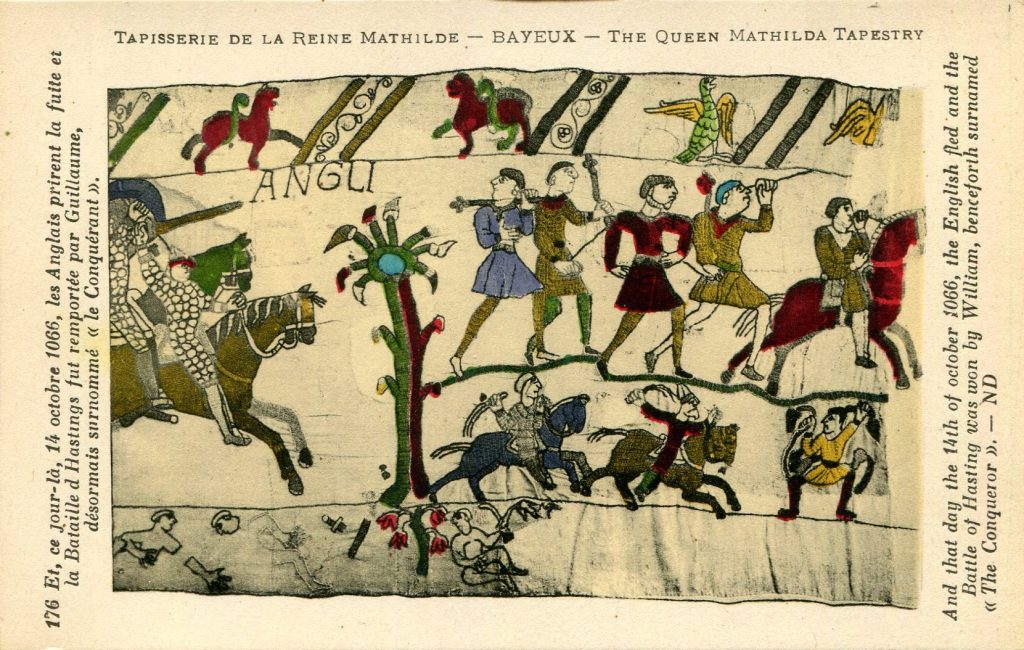
 Left: Card #76 in the 76-card set of the Bayeux Tapestry showing the end of the battle at Hastings on October 14, 1066. Right: Christmas day, William the Conqueror is crowned King of England.
December 25, 1711 – St. Paul’s Cathedral is declared complete after 35 years of construction based on designs created by Sir Christopher Wren.
Left: Card #76 in the 76-card set of the Bayeux Tapestry showing the end of the battle at Hastings on October 14, 1066. Right: Christmas day, William the Conqueror is crowned King of England.
December 25, 1711 – St. Paul’s Cathedral is declared complete after 35 years of construction based on designs created by Sir Christopher Wren.

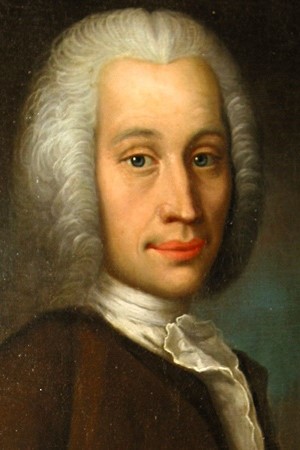 December 25, 1741 – On Christmas Day the Swedish astronomer Anders Celsius introduced his Centigrade temperature scale.
There are four different temperature scales in use today: Kelvin, Celsius, Fahrenheit, and Rankin. For most of us, the science of temperatures would take years of ardent study to master, but for reasons beyond understanding we all know the five basic temperatures: Zero, Freezing, normal room temperature (68° F), normal human body temperature (98.6° F or 37° C), and the temperature at which water boils at sea-level (212° F or 100° C).
December 25, 1741 – On Christmas Day the Swedish astronomer Anders Celsius introduced his Centigrade temperature scale.
There are four different temperature scales in use today: Kelvin, Celsius, Fahrenheit, and Rankin. For most of us, the science of temperatures would take years of ardent study to master, but for reasons beyond understanding we all know the five basic temperatures: Zero, Freezing, normal room temperature (68° F), normal human body temperature (98.6° F or 37° C), and the temperature at which water boils at sea-level (212° F or 100° C).
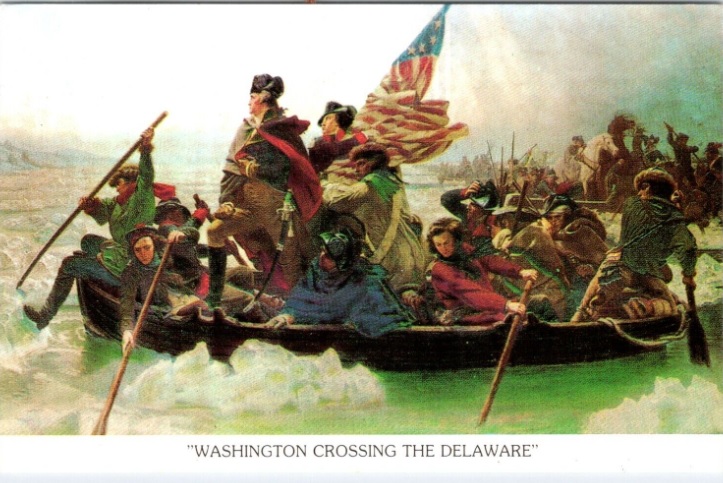

- When it was performed for the first time in America, it was not new music. Handel composed it in the summer of 1741.
- Legend tells us that King George II stood-up to honor Handel’s genius at his first hearing of the Hallelujah chorus. The rest of the audience followed his lead. True or not, no one knows, but it was once suggested that the king fell asleep during the performance. Since the chorus starts with a full-volume “Hallelujah,” it likely startled the king to awake and to stand thinking the performance had ended.
- Messiah is now a yuletide staple, but Handel considered it as an Easter offering.
- The Hallelujah, analytically, is comprised of just 215 words. The word that is repeated most frequently is – you guessed it – hallelujah! Fifty times!

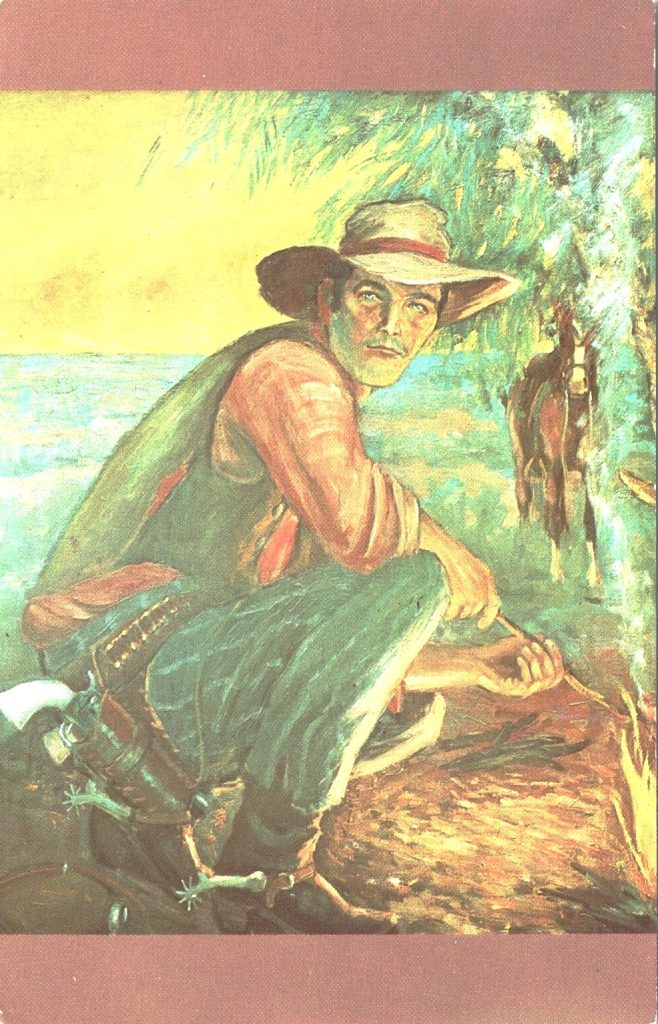
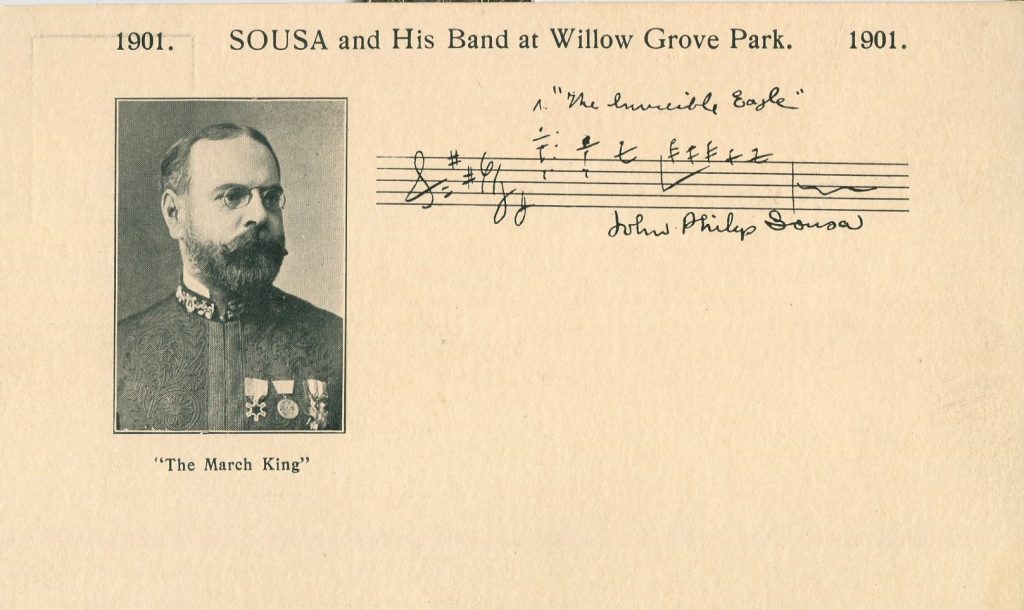
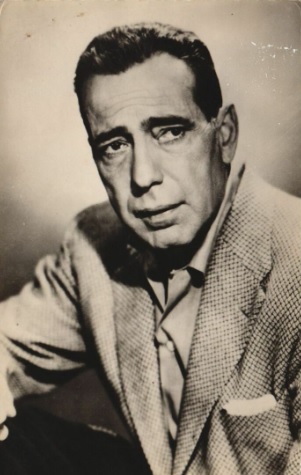
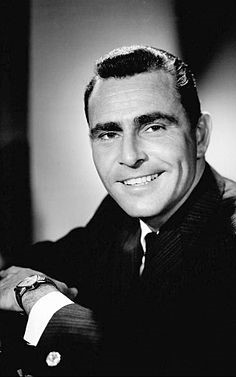 December 25, 1932, Arturo Toscanini conducted the first Symphony of the Air concert on the National Broadcasting Company’s radio network. The audience was estimated to be seven million listeners.
December 25, 1957, Richard Starkey (AKA: Ringo Starr) got his first drum set for a Christmas present.
December 25, 1932, Arturo Toscanini conducted the first Symphony of the Air concert on the National Broadcasting Company’s radio network. The audience was estimated to be seven million listeners.
December 25, 1957, Richard Starkey (AKA: Ringo Starr) got his first drum set for a Christmas present.
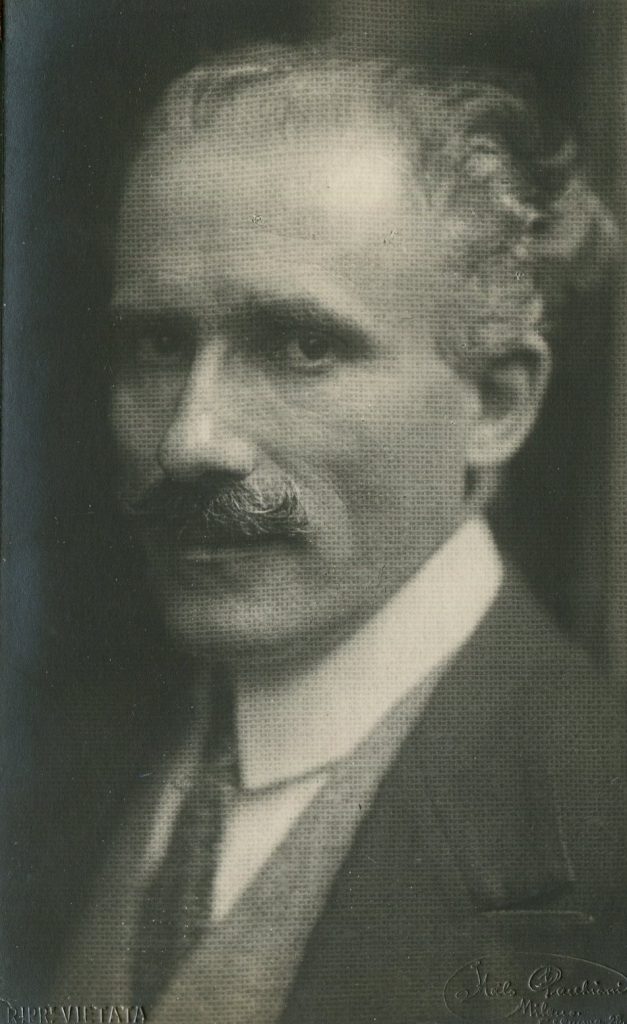
 December 25, 1962, the movie “To Kill a Mockingbird” starring Gregory Peck was released. Peck was the Oscar winner for best actor in 1963.
December 25, 1962, the movie “To Kill a Mockingbird” starring Gregory Peck was released. Peck was the Oscar winner for best actor in 1963.

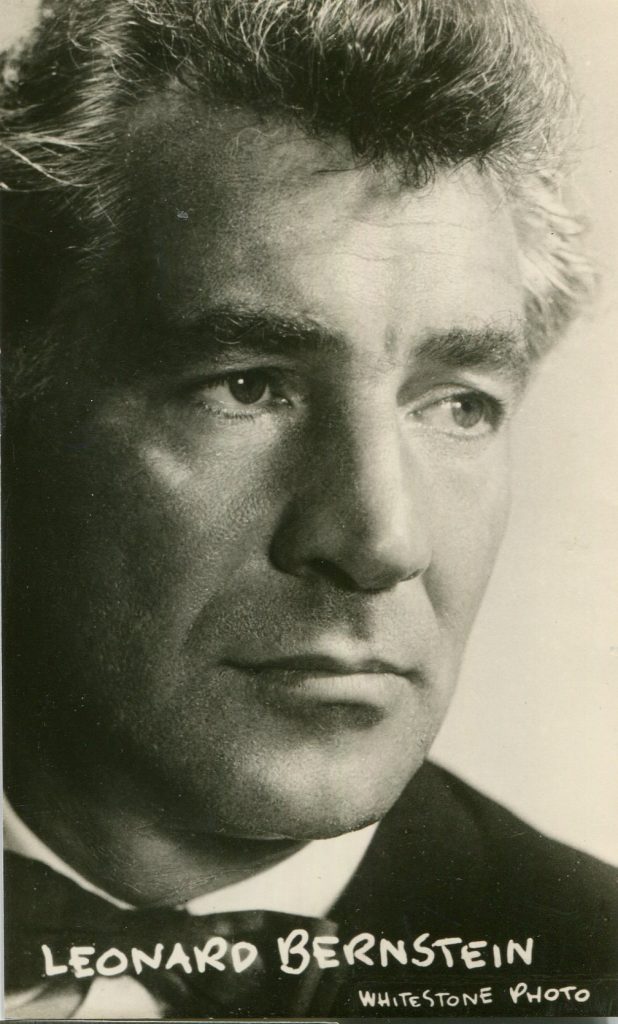
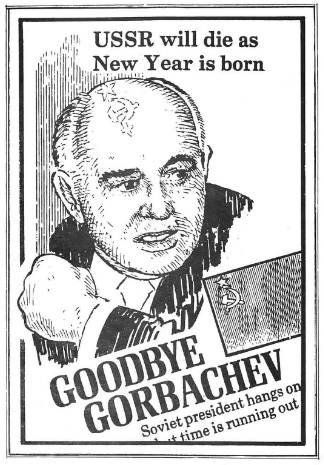

Great Article, Very Informative, Thank You
Great and very informative article. I so enjoy and look forward to each issue of Postcard History.
I remember a commercial for a Time-Life Books series on the Old West which revealed that John Wesley Hardin was so mean he once shot a man just for snoring too loud.
I enjoy articles with interesting historical facts like these. Really appreciate what you all do. Thank you